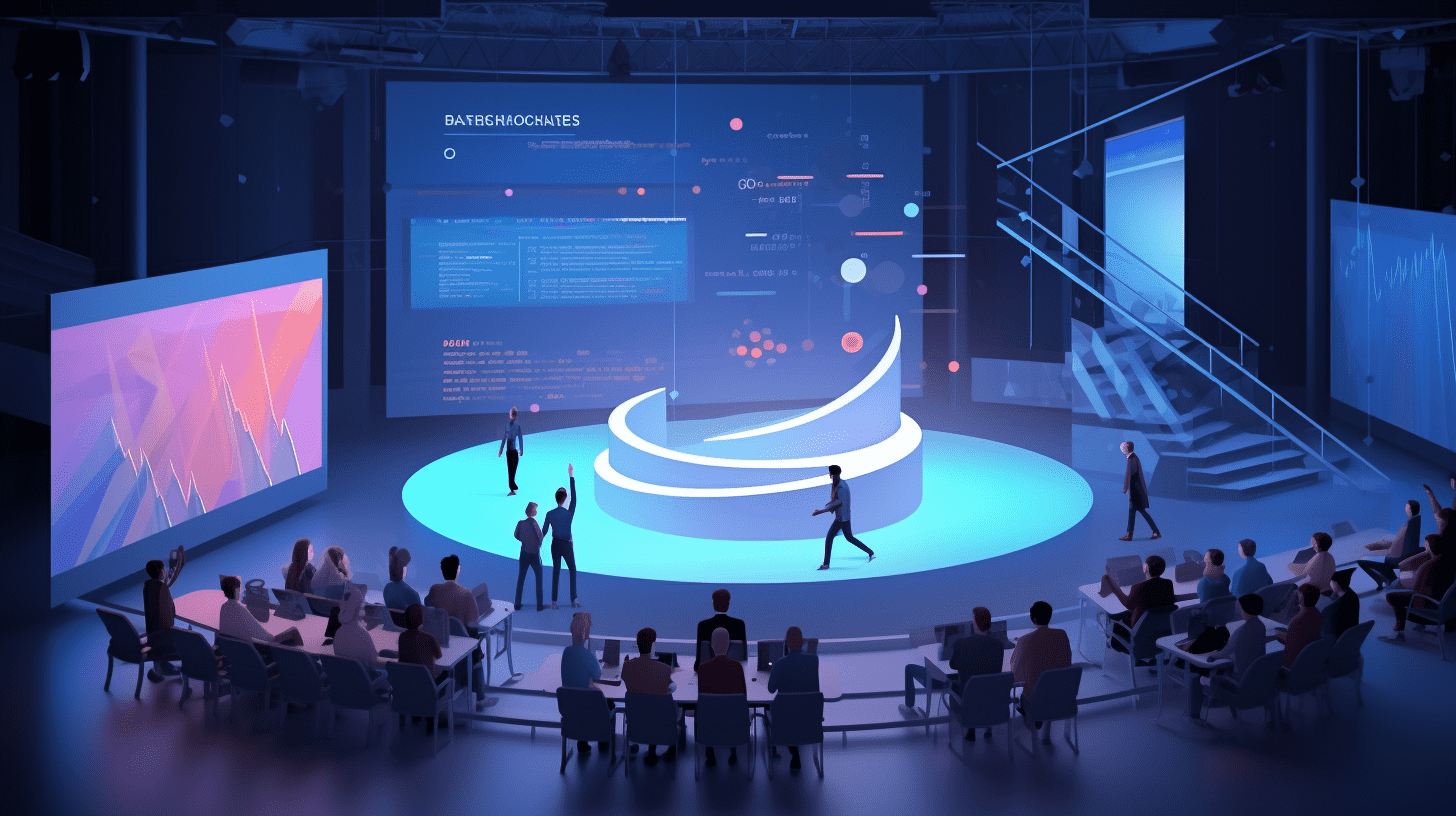
Goldman Sachs Research Report: Reshaping the Market Pattern of Myasthenia Gravis? Strongly bullish on ZAI LAB (09688) and Edgemont's absolute competitiveness.
At the recently concluded annual meeting of the American Academy of Neurology (AAN), numerous cutting-edge advancements in the field of neurology made a stunning appearance, with significant progress in the research of myasthenia gravis (MG) standing out. Several new targeted biologics announced their latest clinical research results, not only propelling MG treatment into the era of molecular immunotherapy but also indicating a shift in the competitive landscape of MG treatment drugs.
On April 14, the international investment bank Goldman Sachs released a comprehensive research report focusing on the latest developments in this disease area. The report detailedly analyzed the comparison between Zai Lab's FcRn antagonist efgartigimod and REMEGEN's dual-target inhibitor tai sentiments (RC18), and discussed future market trends and key potential influencing factors.
Competitive landscape in gMG treatment area
At the 2025 AAN conference, REMEGEN's APRIL/BAFF dual-target biologic RC18 demonstrated positive therapeutic data in Phase III clinical trials. RC18 showed deep patient response capabilities, sparking extensive discussions in the market about the effectiveness comparison between APRIL/BAFF dual-target biologics and FcRn antagonists (including efgartigimod, rituximab, and rozanoliximab).
Goldman Sachs believes that due to differences in mechanism of action (MOA), FcRn class drugs have an advantage in the speed of effectiveness in gMG treatment, thereby bringing a competitive advantage in the market. Through a comparison of clinical data between RC18 and efgartigimod, Goldman Sachs emphasized the importance of rapid onset of action in gMG treatment.
For example, efgartigimod showed a 4.6-point decrease in MG-ADL score at Week 4, more than twice the efficacy of RC18 at the same time point. The rapid onset of action of efgartigimod has made it particularly popular among acute and refractory patients.
Goldman Sachs pointed out that RC18 requires at least 12 weeks of continuous treatment to achieve the level of efficacy efgartigimod achieves in 4 weeks, and in acute or severe gMG patients, rapid onset of action is crucial for improving quality of life. Goldman Sachs further pointed out that real-world usage data of efgartigimod in the United States and China indicate that its rapid onset of action has made it widely adopted in the acute and refractory gMG patient population. This may be an important factor driving the expansion of efgartigimod's market share in the future.
Maintenance therapy or becoming the focus of future competition
As a chronic disease, MG has a prolonged course, can recur multiple times, and patients often require long-term management. Goldman Sachs judged in the report that maintenance therapy or MG drug market would be the focus of future competition.
Currently, efgartigimod mainly uses an intermittent treatment model of "4 weeks treatment + 3 weeks off" (fixed cycle). However, efgartigimod is exploring a more flexible long-term maintenance treatment plan of once every two weeks (Q2W) through the ADAPT-NXT Phase III study. According to clinical data cited by Goldman Sachs, both treatment models of efgartigimod showed good safety and sustained efficacy within 21 weeks. This indicates that efgartigimod can serve as a reliable maintenance treatment option.
Factors outside of clinical research should not be overlooked
Goldman Sachs' report pointed out that as the options for myasthenia gravis treatment become more abundant, besides clinical data, there are many "non-clinical research" factors that may affect the competitive landscape. For example, Goldman Sachs emphasized that medical insurance access is an important factor in influencing competition in the gMG market. Efgartigimod has been included in the National Reimbursement Drug List (NRDL) in China since 2023, while RC18 is not expected to obtain medical insurance coverage until at least 2026. Goldman Sachs believes that this time difference provides efgartigimod with at least two years of market first-mover advantage.
The diversity of administration methods will also become an important consideration factor in the future. On April 11, efgartigimod's pre-filled subcutaneous injection formulation was approved by the FDA, with each injection taking only 20-30 seconds, and can be administered by patients, caregivers, or healthcare professionals. After receiving guidance on subcutaneous injection, patients can self-administer the drug. This further enhances the convenience of drug use. In the future, efgartigimod will have three formulations to meet the needs of different patients and clinical scenarios, while RC18 is currently limited to the subcutaneous injection mode.
In terms of clinical recognition, efgartigimod has been widely recommended in the gMG treatment guidelines in the United States and China. This international recognition not only enhances the brand value of efgartigimod but may also strengthen its trust among doctors and patients.
In conclusion, Goldman Sachs believes that although RC18 performs well in terms of depth of efficacy, efgartigimod still has a significant competitive advantage in the gMG treatment area due to its rapid onset of action, flexible treatment model, and market first-mover advantage.
However, Goldman Sachs clearly states in the report that caution should be exercised when making horizontal comparisons of drugs with different mechanisms. Because although the baseline data are generally consistent, the placebo groups in the various clinical studies lack consistency in both efficacy data based on MG-ADL scores and safety data such as upper respiratory tract infections, simple numerical comparisons are not perfect in terms of rigor.
RECOMMEND
©️2013 - 2025 GMT EIGHT Holdings. All Rights Reserved.
Contact: [email protected]


